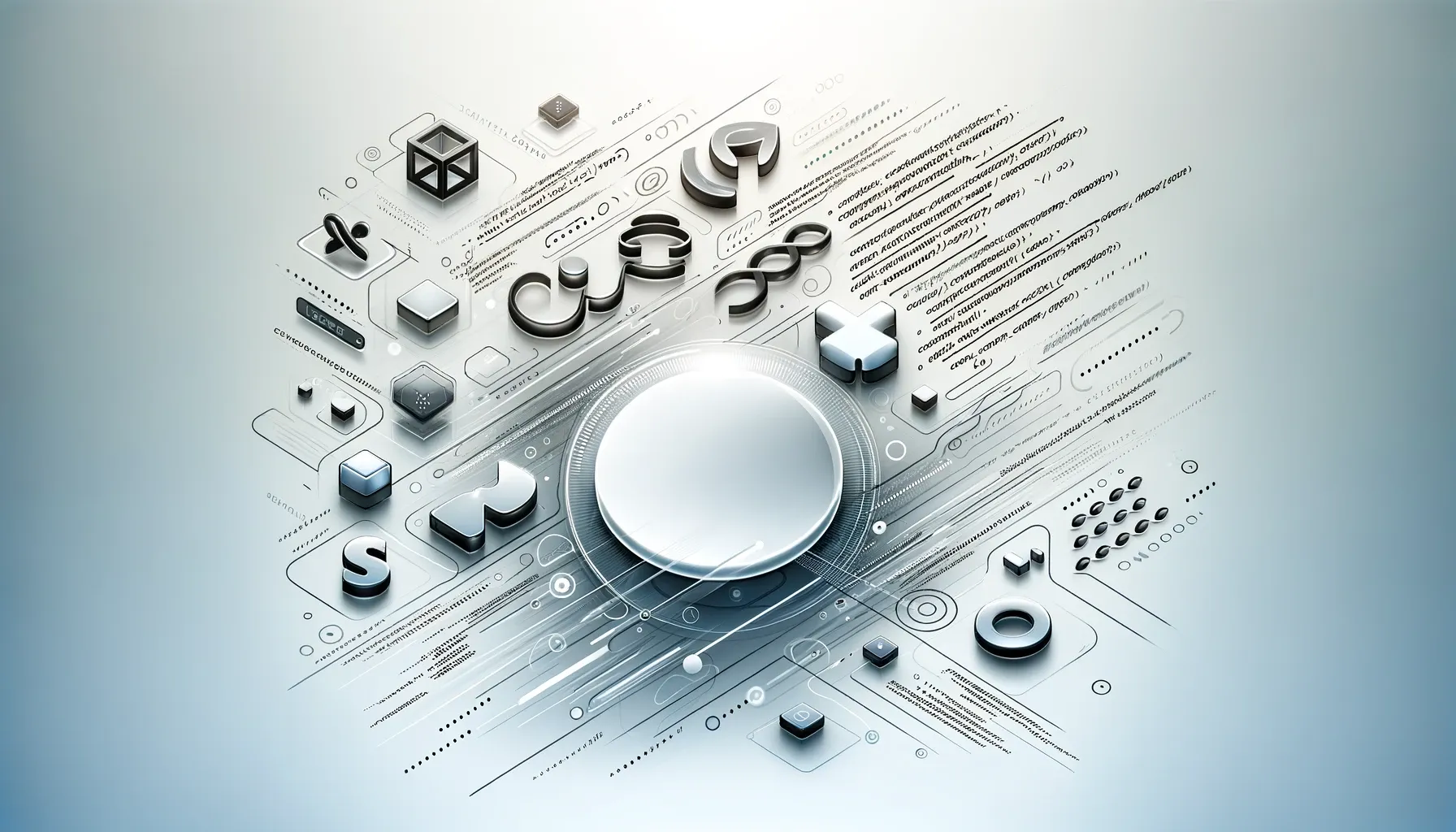Clean Coding: Mastering the Art of Readable and Maintainable Code
In the vast expanse of software engineering, the practice of clean coding stands out as a beacon of efficiency, maintainability, and elegance. This blog post aims to demystify the principles of clean coding and share actionable insights that can be applied immediately to your coding practices.

In the vast expanse of software engineering, the practice of clean coding stands out as a beacon of efficiency, maintainability, and elegance. As a software engineer, I've seen firsthand the transformative power of clean coding practices. They not only make code easier to understand and modify but also elevate the overall quality of software projects. This blog post aims to demystify the principles of clean coding and share actionable insights that can be applied immediately to your coding practices.
What is Clean Coding?
Clean coding is essentially about writing code that is easy for humans to read and understand. It's about crafting your code in such a way that others (and your future self) can seamlessly navigate, modify, and extend it. Clean code is simple, direct, and efficient. It avoids unnecessary complexity and focuses on clarity without sacrificing functionality.
Why Does Clean Coding Matter?
- Maintainability: Clean code is much easier to maintain. When code is clean, developers can quickly make changes, update features, and fix bugs without wading through a tangled web of spaghetti code.
- Efficiency: Writing clean code from the start can save countless hours in the long run. It reduces the need for extensive refactoring and debugging, allowing teams to focus on adding value rather than fixing problems.
- Collaboration: In a team setting, clean coding practices ensure that everyone can contribute more effectively. It ensures that the codebase is accessible and understandable to all team members, facilitating smoother collaboration and knowledge sharing.
Principles of Clean Coding
- Clear Naming Conventions: Names of variables, functions, classes, and other entities should be descriptive and clear. Avoid cryptic abbreviations or vague terms. The name should convey the entity's purpose or functionality.
- Keep It Simple: Always look for the simplest solution. Complexity should only be introduced when absolutely necessary. Simple code is not only easier to understand but also easier to test and maintain.
- Functions Should Do One Thing: Each function or method should be designed to perform a single task or action. This makes them easier to write, test, and debug. If you find a function doing too much, consider breaking it down into smaller, more focused functions.
- Consistent Coding Style: Adhere to a consistent coding style across your project. This includes formatting, naming conventions, and project structure. Consistency makes the code more predictable and easier to read.
- Comment Wisely: Comments should be used to explain "why" something is done, not "what" is being done. The code itself should be clear enough to describe the "what." Use comments to provide context or explain complex algorithms when necessary.
- Refactor Regularly: Refactoring is the process of restructuring existing code without changing its external behavior. Regular refactoring helps keep the codebase clean and flexible, making it easier to adapt to new requirements.
- Embrace Code Reviews: Code reviews are a powerful tool for maintaining code quality. They provide an opportunity for peer feedback and learning, helping to identify potential issues and improve coding practices.
Putting It All Together
Clean coding is not just a set of rules; it's a mindset. By embracing clean coding practices, you can significantly enhance the quality, maintainability, and scalability of your software projects. Start by integrating these principles into your daily coding routine and encourage your team to do the same. The journey towards clean coding is ongoing, but with each step, you'll find your code becoming more elegant, efficient, and, most importantly, enjoyable to work with.
Remember, clean code is not an end goal but a continuous process of improvement. As you refine your skills and practices, you'll discover new ways to enhance your code's clarity and functionality. Happy coding and reach out to use through pelaghisoftware.com!
